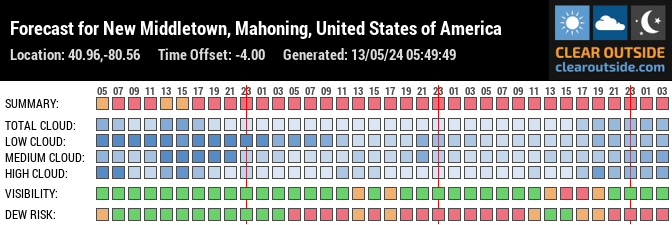This image was taken during the first series under hazy sky.
 This image was taken during the second session. I had taken 3 AVI's during the 2nd session, ranging from 250 frames to 600 frames. This is the 250 frame AVI.
This image was taken during the second session. I had taken 3 AVI's during the 2nd session, ranging from 250 frames to 600 frames. This is the 250 frame AVI.The moons visible from top to bottom are Europa, Io and Callisto.
 This next image is the 3rd image of the set, with 500 frames. Seeing was also excellent, and Registax was set to use the best 90% of the frames - ALL of the frames were used with that setting. Notice the detail in the equatorial zone. I am seeing pink ovals in that area. There is also detail visible in the NEB as well as the SEB. This was a quick processing job, being I was excited to see what I had captured. There is some onion skinning along the outer limb, but this next image, processed from the same AVI minimizes that effect. I used different processing values, and also I did some color correction in Photoshop on this image as well:
This next image is the 3rd image of the set, with 500 frames. Seeing was also excellent, and Registax was set to use the best 90% of the frames - ALL of the frames were used with that setting. Notice the detail in the equatorial zone. I am seeing pink ovals in that area. There is also detail visible in the NEB as well as the SEB. This was a quick processing job, being I was excited to see what I had captured. There is some onion skinning along the outer limb, but this next image, processed from the same AVI minimizes that effect. I used different processing values, and also I did some color correction in Photoshop on this image as well:As with all pictures in this blog, if you click the individual photo, you will see them in actual size. This image I believe is my best Jupiter image to date.



0 comments:
Post a Comment